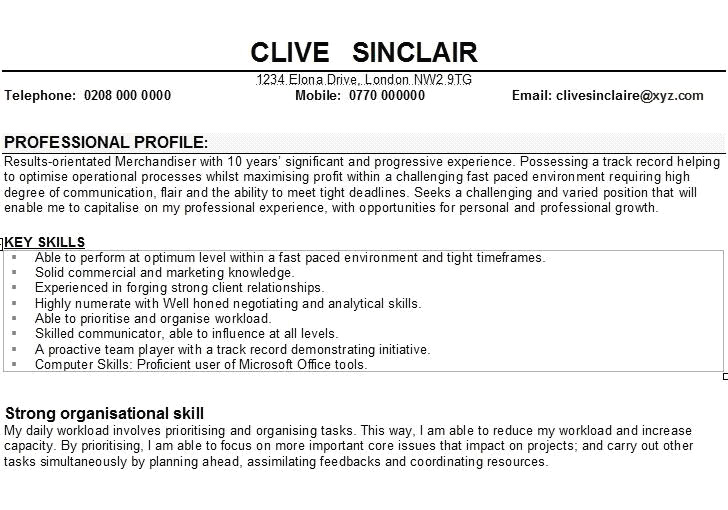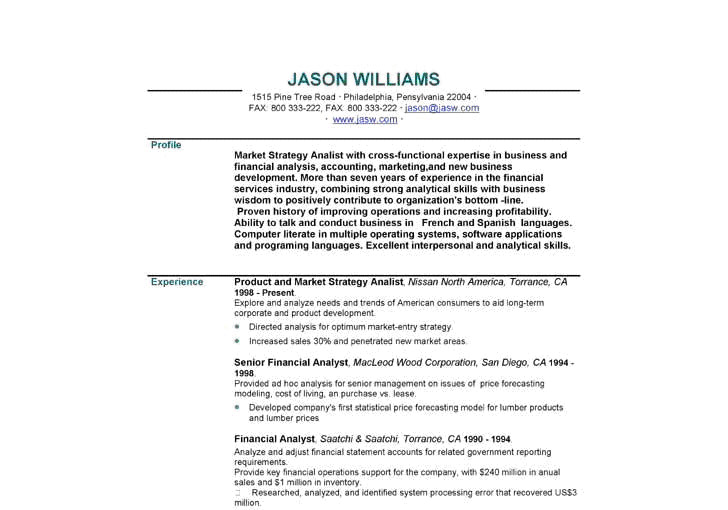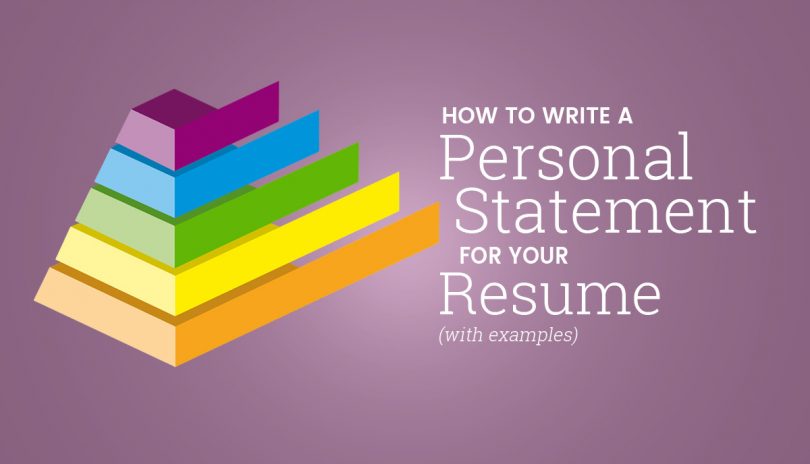You need to write a personal statement for your resume and are looking for examples.
You could make it easy for yourself and hire a professional resume writer such as myself.
But maybe your budget is limited – or maybe you don’t feel that hiring a professional resume writer is worth it (Are Professional Resume Writers Worth The Cost?).
Either way, no problems.
You’ve Come to the Right place.
The best way to write an eyeball-grabbing personal statement for your resume is by knowing what NOT to do.
I’m about to show you some examples of very underwhelming, yet typical personal statements. I will then explain what makes them so average – so that you don’t make the same mistakes when you write your own.
If you follow my advice, you’ll end up with a killer killer personal statement for your resume that will position you as the winning candidate in front of potential employers.
But before I get stuck into it, let me give you a quick heads-up. What I’m about to tell you will help you write a much more persuasive resume.
Brand Yourself.
The personal statement sets the foundation of your personal brand.
The idea of a professional or personal brand isn’t new. The term was first coined by business management consultant Tom Peters back in his 1997 essay The Brand Called You.
In it, Peters claimed that:
“You’re not defined by your job title and you’re not confined by your job description…You’re every bit as much a brand as Nike, Coke, Pepsi, or the Body Shop.”
What Peters described was a ‘value proposition’. You can begin to discover what yours is by asking yourself the following three questions:
- What makes you uniquely attractive to employers?
- What makes you uniquely different from the next similarly qualified candidate?
- And, most importantly, what organisational problems can you solve that no-one else can?
Answering these three questions in your personal statement is your number one priority. To keep you on track, remember JFK’s famous inaugural quote:
“Ask not what your employer can do for you; ask what you can do for your employer.”
Example of a bad personal statement #1:
Let’s perform an autopsy of a personal statement taken from a typical run-of-the-mill resume that I found online.
Can you spot any problems with it – before I shine a light on them?

PROBLEM #1: GENERIC PHRASING.
This example makes the wrong first impression with “Results-orientated…”.
Generic phrasing is a real snooze for recruiters. They look through dozens of resumes per day and most kick off with some variation of this line.
Don’t start your resume with any worn out cliches such as ‘energetic’, ‘self-motivated’, ‘ambitious’, ‘outcome-focused’ or ‘highly-driven’. Doing so doesn’t differentiate you from other candidates – it places you at the bottom of the pile.
PROBLEM #2: RAMBLING SENTENCES.
The second sentence in the above example starts well with an attempt to identify a skill that solves a problem and delivers an outcome:
“Possessing a track record helping to optimise operational processes whilst maximising profit…”
But then ends in a way that doesn’t make much sense:
“…within a challenging fast paced environment requiring high degree of communication, flair and the ability to meet tight deadlines.”
A personal statement for a resume needs to be snappy. A sentence should take up no more than 2 lines, have no more than 2 clauses or related to more than one core competency.
Snappy sentences bring impact. In the above for example, the writer could have made his/her point with much more impact by saying:
“I possess a track record of optimising operational processes whilst maximizing profit.”
PROBLEM #3: PRESENCE OF AN OBJECTIVE.
What’s an objective?
It’s the once-popular resume item which now firmly belongs in the dustbin of history. You see it in the example above as part of this sentence:
“Seeks a challenging and varied position…”
Truth is, your objective is implied in the act of submitting your job application. By reiterating it on your resume you waste valuable real estate – and squander an opportunity to sell yourself.
Recruiters want to know how you can solve their problems, not how they can solve yours.
Example of a bad personal statement #2:
Let’s dissect another example of a personal statement. This one will teach us a few different lessons:

PROBLEM #1: YOU DIDN’T CHECK FOR TYPOS.
“Market strategy analist…”
Next!
Check for grammar and spelling. Then double check. Linguistic mistakes deflate your resume and grammatical errors make you look dumb. Enough said.
PROBLEM #2: LACK OF FOCUS.
This example shows us the typical shotgun approach – cramming all areas of experience in to cover the bases:
“…cross functional expertise in business and financial analysis, accounting, marketing and new business development…”
Listing every function you’ve encountered dilutes your brand. If you have both a breadth and depth of experience, this needs to be communicated in way that elevates your unique value proposition.
PROBLEM #3: NO STORY.
Serial entrepreneur Gary Vaynerchuk wisely told us: “No matter what you do, your job is to tell your story”.
Great stories have structure, cohesion and flow – and so should the personal statement on your resume.
It needs to paint a clear and coherent picture of your expertise and value proposition, so avoid standalone sentences like the one in the above example:
“Proven history of improving operations and increasing profitability. Ability to talk and conduct business in French and Spanish languages…Excellent interpersonal and analytical skills.”
PROBLEM #4: NO PERSONALITY.
As personal statement examples go, the one isn’t ‘bad’ – but it is boring.
Whilst we get a good overview of skills and experience (albeit in a somewhat clumsy manner), it fails to tell us anything ‘personal’.
Research shows that more than ever, employers are recruiting for culture fit.
That means that the personal profile on your resume needs to highlight your values, goals and practices so recruiters can figure out if they match with those of the organisation.
PROBLEM #5: WHERE IS YOUR VOICE?
A personal statement for a resume should be an introduction to your brand – in your voice.
Absence of all pronouns (as we see in the example above), creates an impersonal, distant resume. Give your recruiters a voice that they can connect with by writing your personal statement in the first voice.
For example:
“I am a professional, committed and ambitious Chartered Internal Auditor with more than 20 years’ experience…”
The difference is subtle, but noticeable, isn’t it?
My Final Piece of Advice.
As you continue your research on how to write a personal statement for a resume, it’s important that you know a lot of the ‘advice’ out there is poor. Consistent, but poor.
Most of the guidance on writing a personal statement for a resume is dated. So-called ‘gurus’ will tell you to describe your best assets, focus on your strengths and highlight your accomplishments.
This approach might have worked 10 years ago.
To win in today’s job market, you need to focus on how your best assets, strengths and accomplishments solve organizational problems.
This is the core of your personal brand.
To find out more about my approach, you can read my interview with the Huffington Post – Building A Personal Branding Company.


